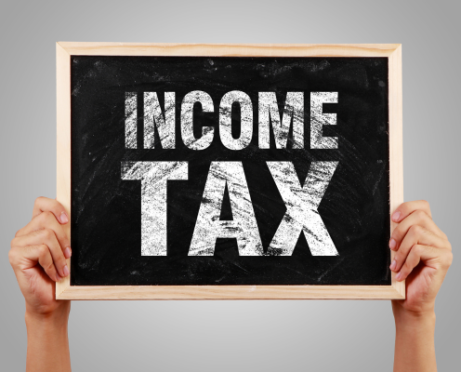
For many people, 2020 and 2021 will be the most trying years of our lifetime. During the past year, my COVID-19 coping strategies have revolved around six Ws: Working, Walking, Writing, Watching (television news and friends and family on Zoom), Wondering (what comes next), and Webinars.
I love to learn and online access to free webinars has provided many useful educational opportunities. During the past month alone, I attended dozens of presentations from a variety of program sponsors related to COVID-19, financial education, and personal finance.
Below is an eclectic summary of my key takeaways:
Financial Education Is Critical
High-quality financial education changes lives. It helps people see different life paths and is vital for a secure financial future, especially for young adults.
Financial literacy research validates policy initiatives (e.g., finance education mandates) and shapes curriculum content.
In the last few years, there’s been an increase in financial literacy research with randomized control methods. Parents can be advocates for financial education by asking schools, “Why are you withholding this from my child?”
Cryptocurrencies Have Many Risks
Digital currencies like Bitcoin are not for the faint of heart.
They can be used as an investment or a payment method but, primarily, the former.
People buy cryptocurrencies by opening an account on a cryptocurrency exchange like Coinbase, the largest U.S. platform.
Ownership is validated through a “private key,” which is a long string of numbers and letters.
Lose your key and crypto assets cannot be recovered, as a German man who forgot his password and stands to lose $220 million recently found out.
The Pandemic Caused a She-Session
Four times as many women than men have dropped out of the labor force, according to the Bureau of Labor Statistics.
Many worked in industry sectors with high layoff rates or they needed to be home with children who are remote-learning.
Many people also lost sources of financial, social, and care-giving support. Job losses have been particularly hard on low-wage workers, many of whom are people of color.
Interest Rates Will Remain Low
One webinar presenter noted that the stock market is pricing in low interest rates, a phenomenon that might last into the middle of the decade.
This is good news for borrowers but bad news for those with money in cash equivalent assets. Financial markets are also looking ahead to the time when a large number of Americans are vaccinated and herd immunity against COVID-19 starts to develop.
Pre-COVID Savings Rates Almost Doubled
A large amount of savings was “parked” in checking accounts during 2020, as lockdowns and safety concerns curtailed discretionary spending and reduced or eliminated commuting costs.
Many observers are predicting that there could be a burst of spending later this year or next due to “pent-up demand” (e.g., travel).
Pre-COVID Financial Fragility Worsened
Stimulus or tax breaks may be needed for years to address the needs of people who were left behind.
The best programs, from a return-on-investment perspective, would have productivity-enhancing gains (e.g., infrastructure improvements and job training).
People in financial distress have four lines of defense:
- Money in savings (if any)
- Money from family and friends (social network)
- The financial system (e.g., loans and credit cards)
- Everything else (e.g., selling things).
Blaming and Shaming Do Not Help
It does nobody any good to dwell on past consumption (“you should have bought a cheaper car”), inadequate emergency savings, and job choices (“you shouldn’t have chosen the tourism industry”).
COVID-19 is a once-in-a-century event and “the dice came up against us.”
Helping professionals, friends, and family members need to meet people in financial stress where they are.
Payday Loans Are Costly
The average payday loan amount is $375, and the average annual percentage rate (APR) is 396 percent, according to the Bureau of Consumer Financial Protection.
Financial educators need to handle this topic with sensitivity to avoid making students (or their parents) appear stupid. Focus on lower-cost alternatives.
The 4 Ls of Later-Life Financial Planning
Planning is essential for a successful retirement and should reflect your current reality. Things to focus on are Lifestyle, Liquidity, Longevity, and Legacy.
Key action steps are reviewing your estate plan, deciding when to claim Social Security, managing your income tax bracket to pay less tax over time, and making financial decisions holistically.
This is part one in a three part Money Talk series on pandemic spending and saving. Read the second entry here.




